Vaccinations (2020)
This resource guide was created as part of a learning package on Pandemics. For other related resource guides, please head to this directory of Learning Packages.
Note: This learning package was created in 2020 and the information was up-to-date at the point of publication. Please check gov.sg for any latest updates on the COVID-19 situation in Singapore.
Vaccinations (2020)
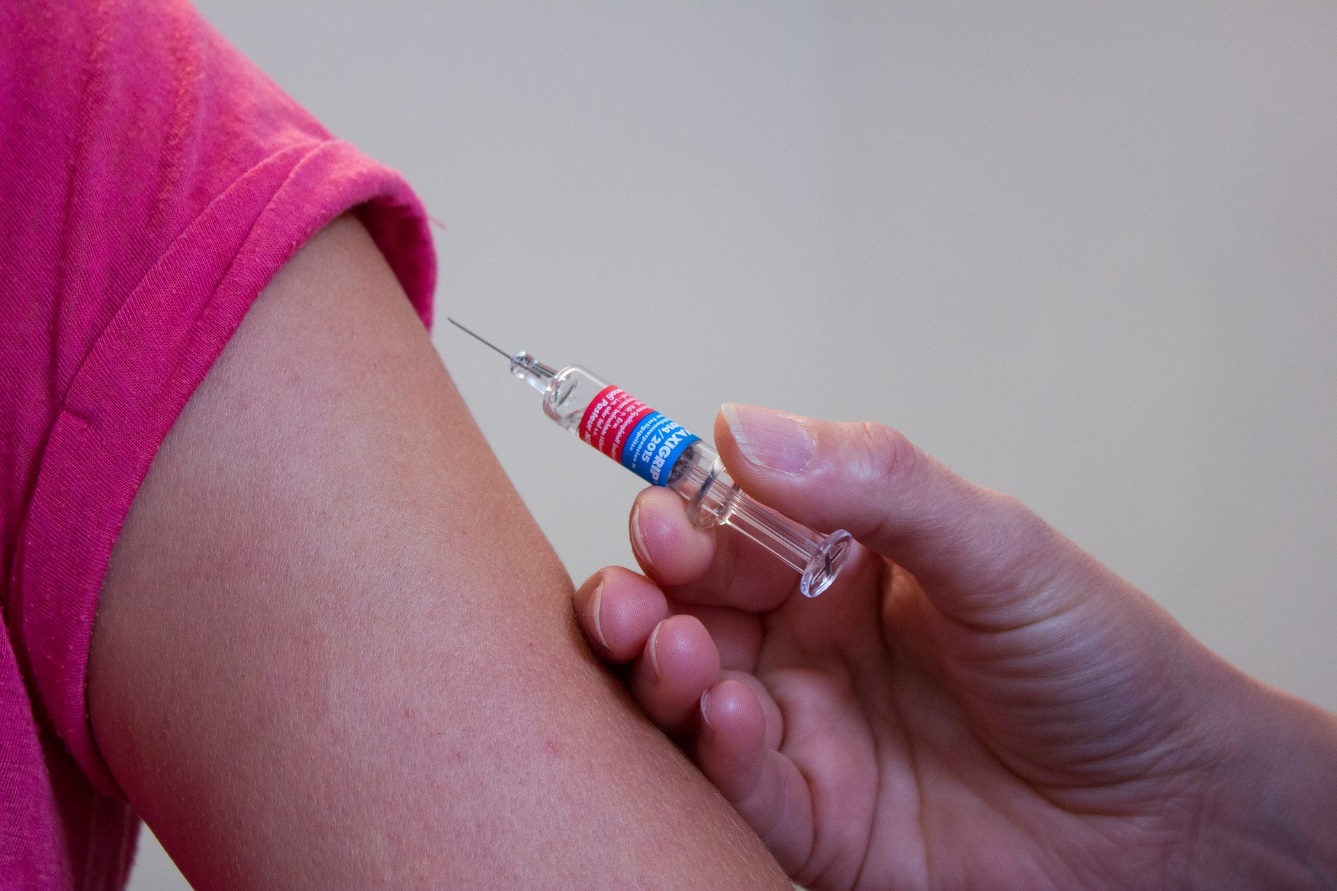
Photo credit: pixabay.com/photos/vaccination-doctor-syringe-medical-1215279/
The world is now racing to find a vaccine for COVID-19. However, what are vaccines and how do they help in preventing disease? This guide provides a range of interesting resources about vaccinations.
In 1796, English physician Edward Jenner inoculated a young boy, James Phipps, with cowpox (a mild and recoverable disease). He later found that young James had become completely immune to smallpox, an infectious and often deadly disease. Jenner termed this new procedure “vaccination”1, derived from the Latin word vaccinia, meaning cowpox. Thus began the path towards the global eradication of smallpox, and a whole new branch of medicine.
As a field, vaccination has been well studied and the process of conception to testing and production is rigorously evaluated to ensure minimal risk to any patient being inoculated. Vaccines are constantly monitored for their safety. For many vaccines, the risk of an adverse allergic reaction is about one per million doses.2 These odds are much less than getting struck by lightning or being involved in a plane crash. There are many benefits to vaccinations. Vaccines eliminate suffering from preventable diseases. Enough vaccinated individuals results in herd immunity, which prevents the spread of such illnesses by halting possible transmission routes, protecting those who are unable to be vaccinated, such as the elderly or immuno-compromised.
While there are many vaccines available in Singapore, certain vaccinations, such as ones against diphtheria and measles, are mandated by law. Immunisation for children, against diseases such as tuberculosis, began as early as the mid-1950s. The National Childhood Immunisation Schedule advises parents on the timeline for vaccinations for children from birth up to 11 years old.3 Several vaccines are also recommended for adults during different stages of their lives.4
To find out more about vaccinations, check out the resources below.
Books/ Ebooks/ Audiobooks
1. Between hope and fear: A history of vaccines and human immunity
Kinch, M. (2018). Between hope and fear: A history of vaccines and human immunity. New York: Pegasus Books. Retrieved from OverDrive.(myLibrary ID is required to access this ebook.)
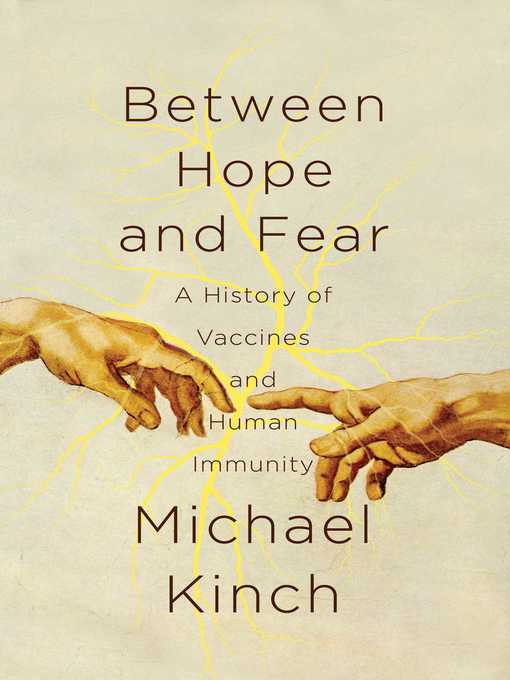
2. The speckled monster: A historical tale of battling smallpox
Carrell, J. L. (2004). The speckled monster: A historical tale of battling smallpox. New York, NY: Plume. Retrieved from OverDrive. (myLibrary ID is required to access this ebook.)
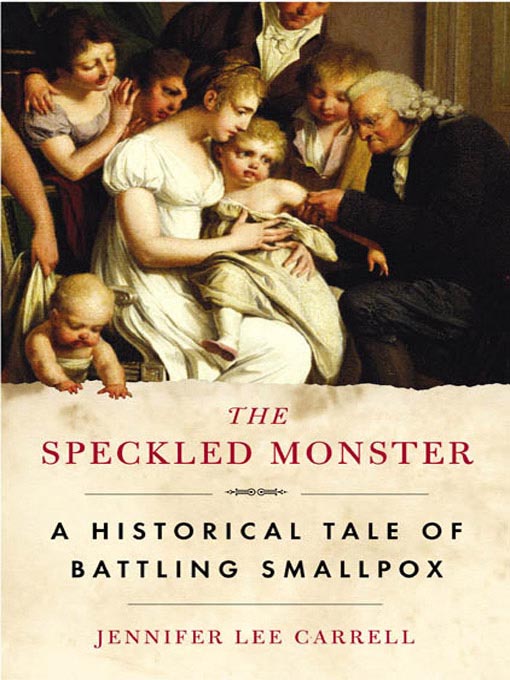
3. The vaccine race: Science, politics, and the human costs of defeating disease
Wadman, M. (2017). The vaccine race: Science, politics, and the human costs of defeating disease. New York, NY: Penguin Books. Retrieved from OverDrive. (myLibrary ID is required to access this ebook.)
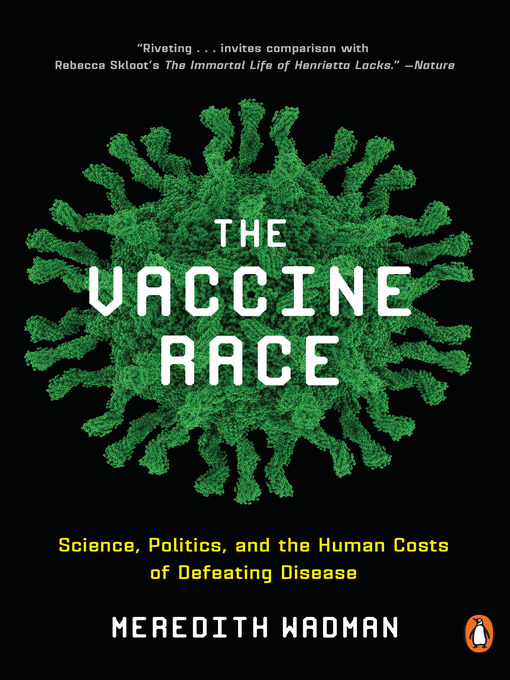
4. An elegant defense: The extraordinary new science of the immune system: A tale in four lives
Richtel, M. (2019). An elegant defense: The extraordinary new science of the immune system: A tale in four lives. New York, NY: William Morrow. Retrieved from OverDrive. (myLibrary ID is required to access the eBook)
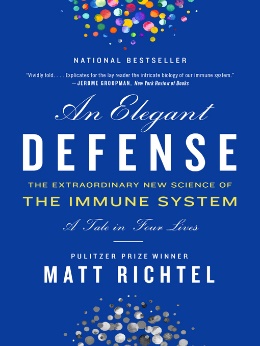
5. The demon under the microscope: From battlefield hospitals to Nazi labs, one doctor’s heroic search for the world’s first miracle drug
Hager, T. (2006). The demon under the microscope: From battlefield hospitals to Nazi labs, one doctor’s heroic search for the world’s first miracle drug. New York: Harmony Books. Retrieved from OverDrive. (myLibrary ID is required to access the eBook)
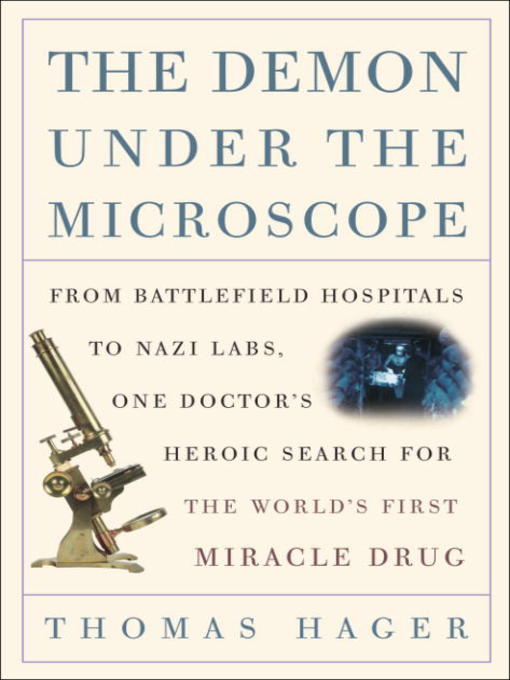
Videos and Podcasts
1. The quest for the coronavirus vaccine
Source: The quest for the coronavirus vaccine. TED. Retrieved 2020, April 2.
2. From smallpox to the coronavirus: The history of vaccinations explained
Source: From smallpox to the coronavirus: The history of vaccinations explained | NBC Nightly News. (2020, April 1). NBC News. Retrieved 2020, April 2.
3. How do vaccines work?
Source: How do vaccines work? – Kelwalin Dhanasarnsombut. (2015, Jan 12). TED-Ed. Retrieved 2020, April 2.
Websites
1. Why a coronavirus vaccine takes over a year to produce – and why that is incredibly fast
Why a coronavirus vaccine takes over a year to produce – and why that is incredibly fast. (2020, April 3). World Economic Forum. Retrieved 2020, April 17.
2. World Immunization Week: Power of vaccines still not fully utilized, says UN health agency
World Immunization Week: Power of vaccines still not fully utilized, says UN health agency. (2020). The World Health Organization. Retrieved 2020, April 17.
3. Edward Jenner and the history of the smallpox and vaccination
Riedel, S. (2005, January). Edward Jenner and the history of the smallpox and vaccination. Proceedings (Baylor University, Medical Center) 18(1), 21-25. Retrieved on 2020, April 2.
4. Reasons to Vaccinate
Reasons to Vaccinate | Childhood Vaccines | CDC. (2019, August 5). Centers for Disease Control and Prevention (CDC). Retrieved 2024, September 20.
5. 4 Reasons Why Adults Should Get Vaccinated
4 Reasons Why Adults Should Get Vaccinated. (2025, July 25). HealthHub. Retrieved 2025, November 19.

Photo credit: Retrieved from pixabay.com/photos/ampoules-vaccination-vaccine-2045833/
If you would like to learn more vaccinations, check out these journal articles.
Journal Articles
1. Vaccine myths and misconceptions
Clift, K. & Rizzolo, D. (2014). Vaccine myths and misconceptions. Journal of the American Academy of PAs 27(8), 21-25. US National Library of Medicine. Retrieved 2020, April 2.
2. From empiricism to rational design: A personal perspective of the evolution of vaccine development
De Gregorio, E. & Rappouli, R. (2014). From empiricism to rational design: a personal perspective of the evolution of vaccine development. Nature Reviews. Immunology 14(7), 505-14. Retrieved 2020, April 3 from EBSCOhost via NLB’s eResources website. (myLibrary ID is required to access this article.)
3. The history of vaccines and immunization: Familiar patterns, new challenges
Stern, A.M. & Howard, M. (2005). The history of vaccines and immunization: Familiar patterns, new challenges. Health Affairs 24(3), 611-21. Retrieved 2020, April 3 from ProQuest via NLB’s eResources website. (myLibrary ID is required to access this article.)
4. Vaccine hesitancy: An interview with Stanley Plotkin, rubella vaccine developer
Mahase, E. (2019). Vaccine hesitancy: An interview with Stanley Plotkin, rubella vaccine developer. BMJ: British Medical Journal (Online) 367. Retrieved 2020, April 3 from ProQuest via NLB’s eResources website. (myLibrary ID is required to access this article.)
5. Risk factor profiles and clinical outcomes for children and adults with pneumococcal infections in Singapore: A need to expand vaccination policy?
Martinez-Vega, R., Jauneikaite, E., Thoon, K.C., Chua, A.H., Khong, W.X., et al. (2019). Risk factor profiles and clinical outcomes for children and adults with pneumococcal infections in Singapore: A need to expand vaccination policy? PLoS ONE 14(10), 1-17. Retrieved 2020, April 3 from EBSCOhost via NLB’s eResources website. (myLibrary ID is required to access this article.)
Chinese, Malay and Tamil resources
1. 疫苗常见问题
联合国儿童基金会。疫苗常见问题。(n.d.). 联合国儿童基金会。 Retrieved 2020, April 1.
This page maintained by the United Nations Children’s Fund (UNICEF) addresses common questions and concerns of parents about vaccines, such as their safety and whether it is necessary to vaccinate their child.
2. 消灭疾病,疫苗的发明与免疫反应
郑瑞洲。(2008年7月9日)。消灭疾病,疫苗的发明与免疫反应。科学大观园。 Retrieved 2020, April 2 from https://scitechvista.nat.gov.tw/Article/C000003/detail?ID=15d10c37-1f49-45b2-b064-6aa1f53c9463.
This article gives an overview of the history of vaccine development and principles behind how vaccines work.
3. Maklumat salah tular buatkan ramai tidak percaya faedah vaksin
Maklumat salah tular buatkan ramai tidak percaya faedah vaksin. (2019, June 29). Berita Mediacorp. National Library Board, Singapore. Retrieved on 2020, March 31.
This article reports UNICEF’s social media campaign that was launched in April 2019 to raise public awareness that vaccines are safe and can save lives.
Disclaimer/ Rights statement
The information in this resource guide is valid as at April 2020 and correct as far as we are able to ascertain from our sources. It is not intended to be an exhaustive or complete history on the subject. Please contact the Library for further reading materials on the topic.
All Rights Reserved. National Library Board Singapore 2020.
<p></p>
References
-
Riedel, Stefan, (2005, January). Edward Jenner and the history of the smallpox and vaccination. Proceedings (Baylor University, Medical Center) 18(1), 21-25. Retrieved 2020, April 2 from https://www.ncbi.nlm.nih.gov ↩
-
Kroger, Andrew, & Freedman, Mark. (2024). Vaccination & Immunoprophylaxis— General Principles. U.S. Department of Health & Human Services. Retrieved 2025, January 23 from https://wwwnc.cdc.gov ↩
-
National Childhood Immunisation Schedule (2016, August 26). National Immunisation Registry. Retrieved 2020, April 2 from https://www.nir.hpb.gov.sg ↩
-
4 Reasons to Get Vaccinated—Adult Immunisation (2023, January 17). HealthHub. Retrieved 2024, May 20 from https://www.healthhub.sg ↩

